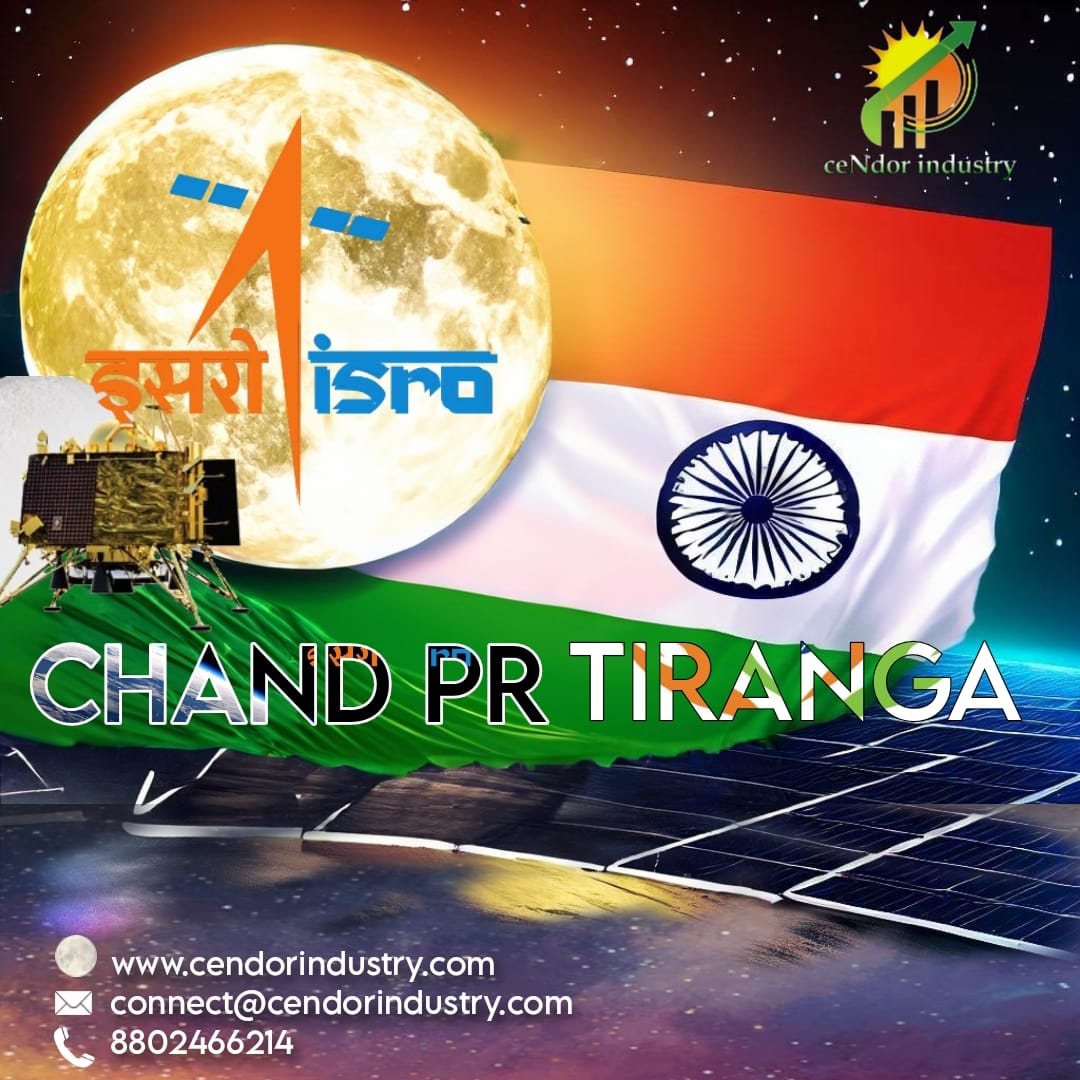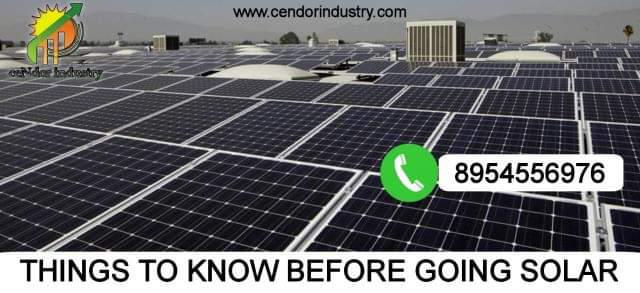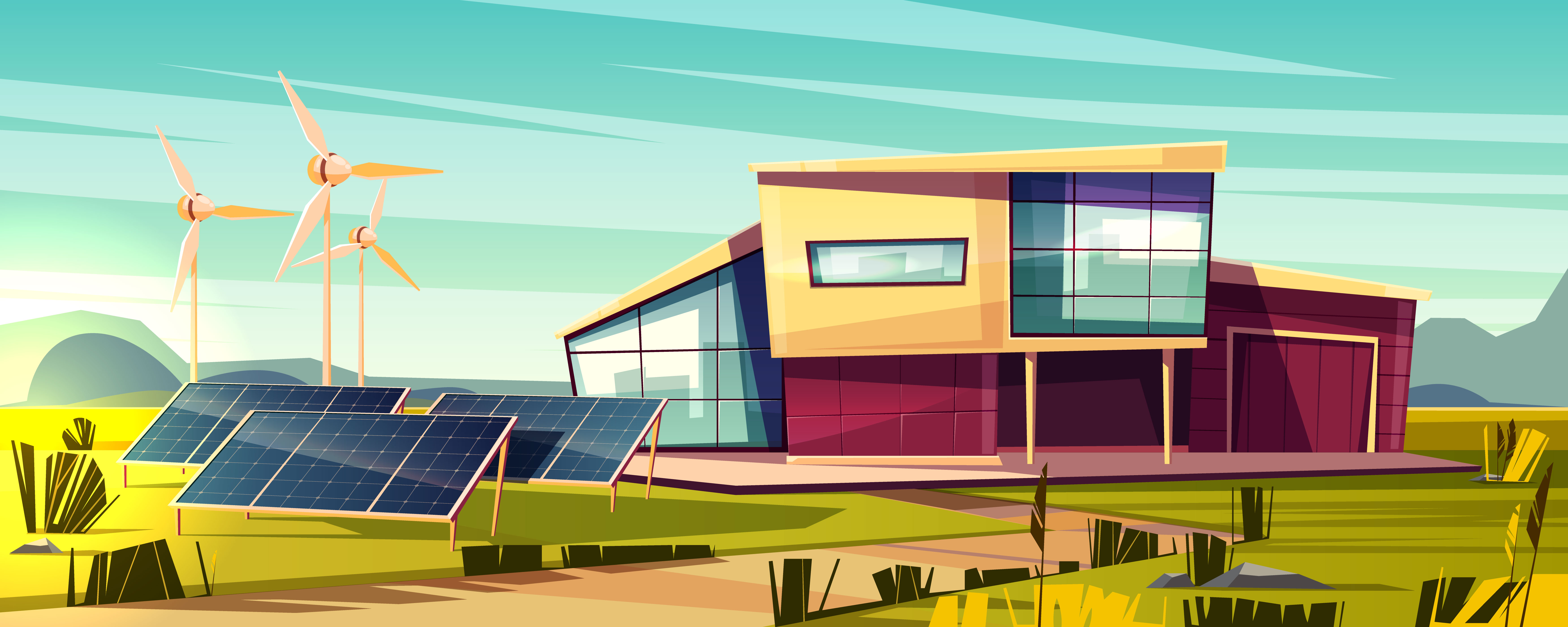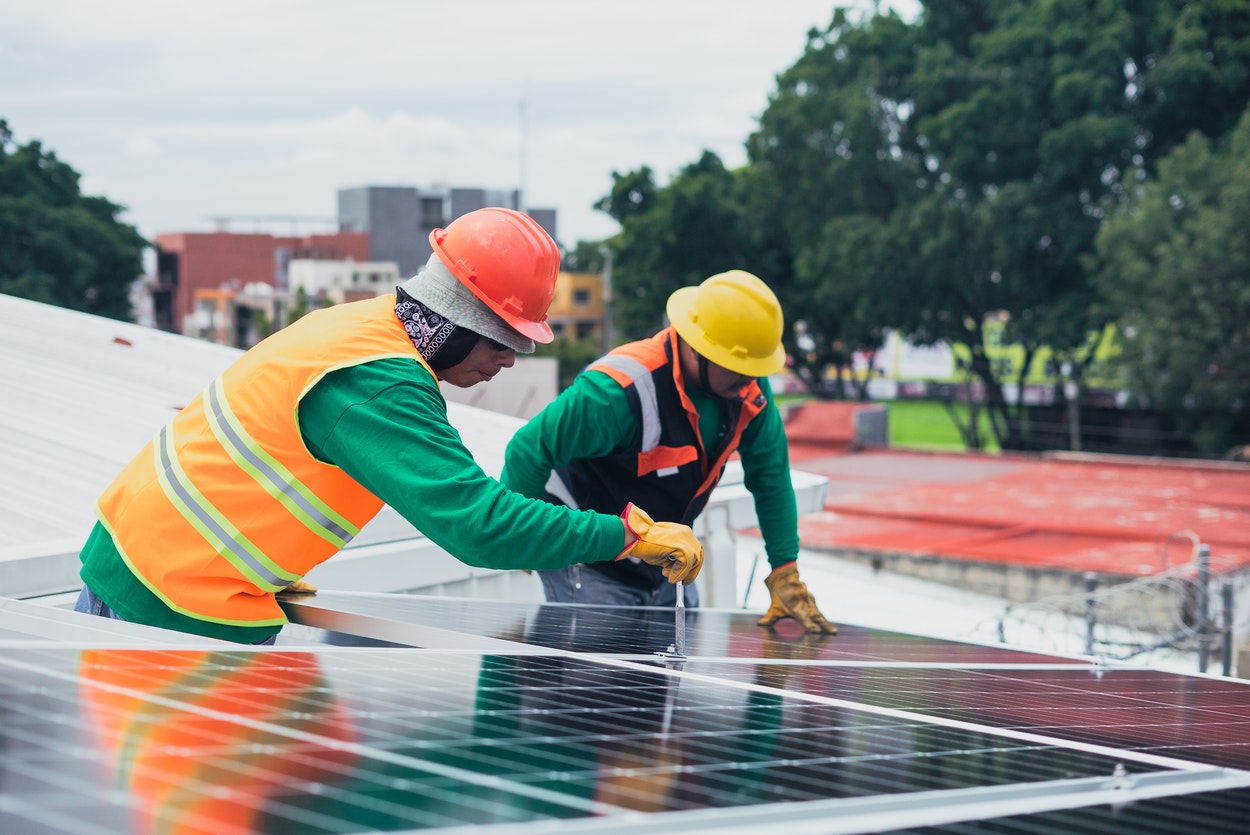
CHANDRAYAAN 3
On August 23rd, at 6:04 pm, the Indian Space Research Organisation (ISRO) announced that people interested in space exploration globally will have the opportunity to witness the Chandrayaan-3 landing.
Chandrayaan-3 was launched on 14 July 2023, at 2:35 pm IST as scheduled, from Satish Dhawan Space Centre Second Launch Pad in Sriharikota, Andhra Pradesh, India. The spacecraft entered lunar orbit on 5 August 2023,India's Chandrayaan-3 has landed on the moon's south pole. The successful moon mission has made India the fourth country to achieve a soft landing on the lunar surface after the US, China, and the erstwhile Soviet Union.
On 22 July 2019, ISRO launched Chandrayaan-2 on board a Launch Vehicle Mark-3 (LVM3) launch vehicle consisting of an orbiter, a lander and a rover.[15] The lander was scheduled to touch down on the lunar surface on 6 September 2019 to deploy the Pragyan rover. The lander ultimately crashed when it lost contact with earth (ISRO) and deviated from its intended trajectory while attempting to land

The lunar South Pole region holds particular interest for scientific exploration due to studies that show large amounts of ice there. Mountainous terrain and unpredictable lighting conditions not only protect the ice from melting, but also make landing scientific probes there a challenging undertaking. This ice could contain solid-state compounds that would normally melt under warmer conditions elsewhere on the Moon, compounds which could provide insight into lunar, Earth, and Solar System history. Ice could also be used as a source of drinking water and hydrogen for fuel and oxygen for future manned missions and outposts
ISRO's mission objectives for the Chandrayaan-3 mission were:
- Getting a lander to land safely and softly on the surface of the Moon.
- Observing and demonstrating the rover's driving capabilities on the Moon.
- Conducting and observing experiments on the materials available on the lunar surface to better understand the composition of the Moon.
The Vikram lander is responsible for the soft landing on the Moon. It is also box-shaped, with four landing legs and four landing thrusters capable of producing 800 newtons of thrust each. It carries the rover and various scientific instruments to perform on-site analysis.
The lander for Chandrayaan-3 has four variable-thrust engines with slew rate changing capabilities, unlike Chandrayaan-2's lander, which had five, with the fifth one being centrally mounted and capable only of fixed thrust. One of the main reasons for Chandrayaan-2's landing failure was attitude increase during the camera coasting phase. This was removed by allowing the lander to control attitude and thrust during all phases of descent. Attitude correction rate is increased from Chandrayaan-2's 10°/s to 25°/s with Chandrayaan-3. Additionally, the Chandrayaan-3 lander is equipped with a Laser Doppler Velocimeter (LDV) to allow measuring attitude in 3 directions. The impact legs have been made stronger compared to Chandrayaan-2 and instrumentation redundancy has been improved. It will target a more precise 4 km (2.5 mi) by 4 km (2.5 mi) landing region based on images previously provided by the Orbiter High-Resolution Camera (OHRC) onboard Chandrayaan-2's orbiter. ISRO improved the structural rigidity, increased polling in instruments, increased data frequency and transmission, and added additional multiple contingency systems to improve lander survivability in the event of failures during descent and landing.
Rover
The Pragyan rover is a six-wheeled vehicle with a mass of 26 kilograms (57 pounds). It is 917 millimetres (3.009 ft) x 750 millimetres (2.46 ft) x 397 millimetres (1.302 ft) in size.[27]
The rover is expected to take multiple measurements to support research into the composition of the lunar surface, the presence of water ice in the lunar soil, the history of lunar impacts, and the evolution of the Moon's atmosphere.
Need Assistance?
ceNdor industry Care
+91 81307-30701Address
203, 1st Floor, Airport Icon, Airport Road, Bhuj, Gujarat-370001


















































_and_DC_Mode_(Cendor))1.jpg)









